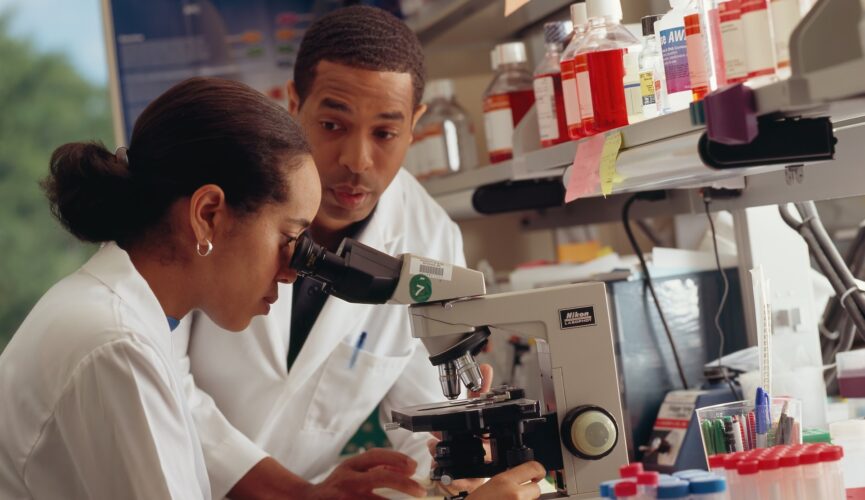Stem cell transplants: the incredible journey from one person to another. But what does it take to be a match? It’s not as simple as ABC. Let’s uncover the requirements for donors and patients to be a perfect stem cell duo. Get ready to dive into some interesting transplant talk!
Donor Conditions
First and foremost, the donor must be healthy and free from any infectious diseases that could potentially harm the patient receiving the transplant. This means no colds, flu, or even allergies. Sorry, hay fever sufferers, your pollen allergies may make you sneeze but it could also make you ineligible to donate.
In many locations, donors usually need to fall within the age range of 18 to 60. Hence, if you are in your later years and eager to make a significant contribution, we regret to inform you that this opportunity may not align with your current circumstances.
If you’ve got serious health conditions like heart disease, cancer, or autoimmune disorders, well, tough luck. No medical pro wants to play a game of health roulette, risking your well-being just to lend a hand to someone else. And of course, they wouldn’t dare put the stem cell recipient’s health on the line either. Safety first, folks.
Patient Conditions
Now let’s talk about the patient’s perspective. Rule number one: The recipient must have a disease or condition worthy of the miraculous powers of a stem cell transplant. Otherwise, we might as well be sipping piña coladas on a beach somewhere. Let’s not waste our time playing doctor.
In addition, patients must be in good shape and ready to tackle the rigorous treatment process. The transplant procedure is no stroll in the park, so you better be prepared to handle the demands it brings. After all, it’s not a walk in the park, it’s a dance in the storm.
Another vital factor is the patient’s age. When it comes to patients in need of transplants, age knows no bounds. Unlike donors who have an age limit, patients can range from young to old (within reason). However, age does hold influence on the success rate of the transplant. The younger the patient, the more resilient their body becomes, paving the way for a more promising outcome.
Making a Match
Now that you’re in the know about the basic requirements for donors and patients, let’s unravel the mysterious art of matching them together. It’s not just a matter of blood type compatibility – oh no, there’s a whole hidden world to explore!
First, let’s start by testing tissue compatibility, specifically human leukocyte antigens (HLAs). These amazing antigens are found on the surface of cells and play a vital role in helping our immune system identify foreign cells. The closer the match of these HLAs between the donor and patient, the greater the chance for a successful transplant.
Besides HLA matching, doctors also consider factors like gender, age, and blood type when selecting a donor. And honestly, wouldn’t it be nice to know their hair color or favorite food if you were going to receive someone else’s cells? Just a little something to make the connection feel more personal. Just kidding…kind of.
When a Stem Cell Transplant Match is made, it’s truly an incredible achievement. Two individuals unite for a life-saving procedure, their cells harmonizing flawlessly. Let’s applaud the incredible donors and patients who have met the conditions, enabling stem cell transplants. For those not eligible yet, take care and explore alternative ways to become a hero!
Read More: Medical Technologies that Save Lives: Understanding Diseases and Disease Prevention

